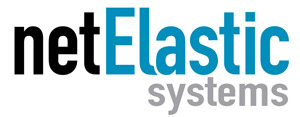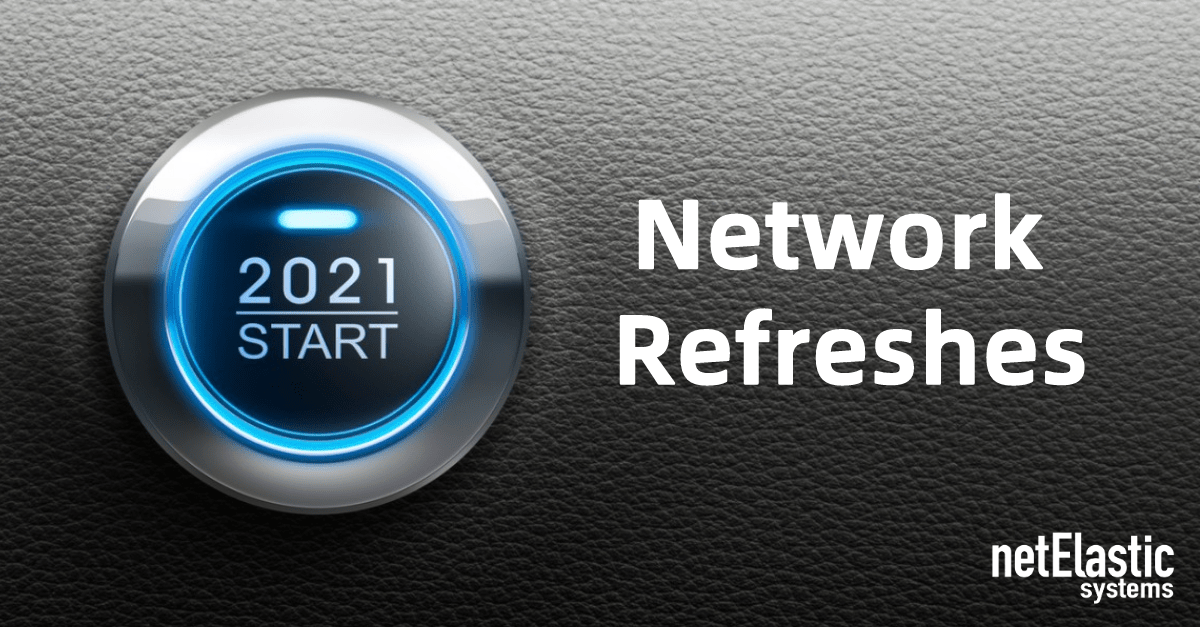Internet connectivity has reached a new level of importance throughout the world and the global pandemic has only accelerated that. The focus on internet access should continue as the “work-from-home” model is being embraced by many companies and individuals continue to spend more time online for their shopping, entertainment, and educational needs.
These factors are also causing broadband providers to deal with immense bandwidth demand. According to analyst International Data Corporation (IDC), by 2025 we can expect to see 41.6 billion connected devices that will generate approximately 79.4 zettabytes of data.
Existing network infrastructure isn’t built for this type of demand and it doesn’t provide the flexibility, scalability, and agility service providers need today. Thus, it’s critical that broadband providers refresh their networks to keep pace with demand.
Benefits of Network Refreshes
There are many benefits of network refreshes, including:
- Replace outdated equipment
- Increase network performance
- Prepare for current and future subscriber growth
- Future-proof your network
Bandwidth demand is at an all-time time with no slowdown in sight, and legacy network infrastructure is challenged to provide the scalability broadband providers need. With the emphasis on providing internet access for all and closing the digital divide, providers need to ensure their networks can support increases in new subscribers and network traffic.
How to Maximize the Benefits of Network Refreshes
Network refreshes are a great time to begin virtualizing your network. And many providers are already virtualizing (or planning to virtualize) their networks as spending is shifting from traditional network equipment to virtual networks. According to a recent report from Analysis Mason, communications service providers’ spending on software and related services will grow from $80 billion to $126 billion between 2020 and 2025.
As we look to the future, fiber and 5G roll-outs will have an impact on practically all service providers spending and virtual networks are a fundamental part of fiber and 5G roll-out plans. With the reliability of broadband networks becoming a necessity for our daily lives, service providers are embracing the move to software-based networks.
Shifting to a Software-Based Network
With traditional hardware-based networks, broadband providers typically increase capacity by adding more proprietary network appliances, such as routers. Unfortunately, the costs of purchasing, installing, and configuring hardware appliances are high. And time-consuming.
By decoupling network functions from the hardware, you no longer need to purchase additional network appliances whenever network capacity is reached. Virtualization enables network capacity to be added with a few software commands, rather than multiple truck rolls. In essence, additional capacity can be spun up to provide whatever resources are needed at a given time.
Making changes to a hardware-based legacy network could take weeks or months. On a virtual network, it takes minutes to make a change.
Preparing for the Future with Network Refreshes

Making network changes has never been easy. However, all service providers engage in network refreshes. This should be viewed as a strategic opportunity to enhance your network for greater performance, scalability, and flexibility. And let’s not forget cost efficiencies.
Network virtualization is a critical part of this strategy as it dramatically expands network flexibility and scalability while also lowering costs compared to fixed-function network appliances.
Start Your Network Virtualization with Virtual Broadband Network Gateways
With internet traffic growing, the need for more bandwidth has never been greater, which makes broadband network gateways (BNGs) a critical piece of network infrastructure. BNGs aggregate traffic from many subscribers and route it to the network of the service provider, performing subscriber management functions such as authentication, authorization, and accounting of subscriber sessions.
Broadband providers traditionally bought hardware-based BNGs from large router manufacturers, such as Cisco and Juniper. However, these proprietary closed-systems suffer from high costs, and a lack of flexibility and scalability.
netElastic was one of the first vendors to develop a virtual, or software-based broadband network gateway (vBNG). With an extensive background in software-defined networking (SDN) and NFV, netElastic was founded to help broadband providers transform their networks through network virtualization. netElastic vBNG is now deployed globally and is widely recognized for its market-leading performance and scalability.
To learn more about how you can start virtualizing your network through Virtual BNGs, please read the white paper on Next Generation Virtual BNGs – Is Your Broadband Network Ready?

